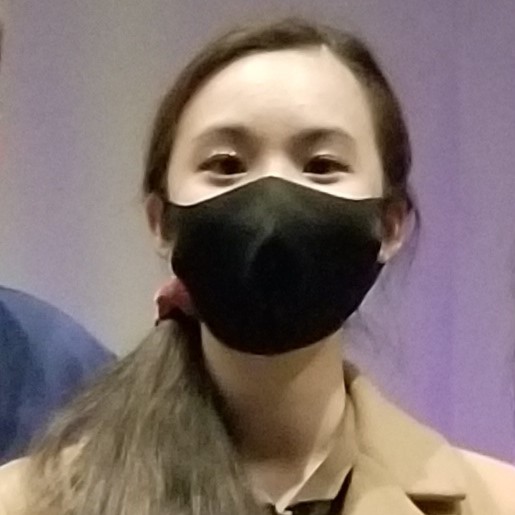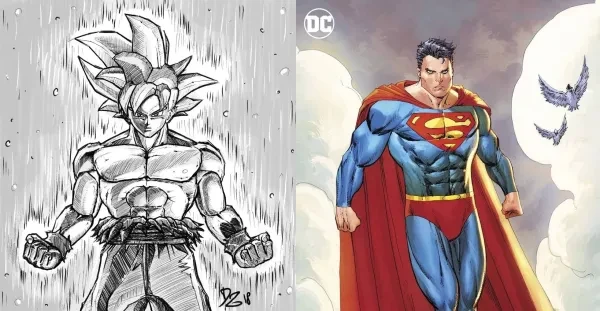
Comics and manga are the same concept presented by two different cultures.
Though they serve the same general purpse of entertaining through still images and text, there are notable differences between the two mediums. Of course there are many similarities as well, but it's the differences that draw some to comics while others are more attracted to manga. Either way, both are great, but if you're interested in learning about what seperates the two, read on!
10. Art Style
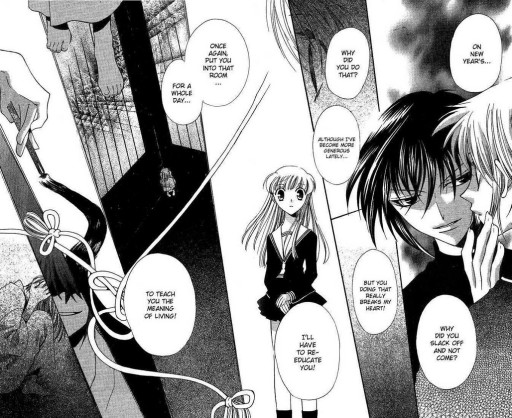
One of the most notable differences between comics and manga is the huge difference in their art styles. The art in comics tends to be more realistic than the art of manga. Proof of this can be found in the face shapes of many manga characters (there are some famously pointy chins out there) and large eyes of many manga girls. Also, while art styles differ greatly between different mangaka, there is a pretty standard style for comics.
9. B&W vs. Full Color
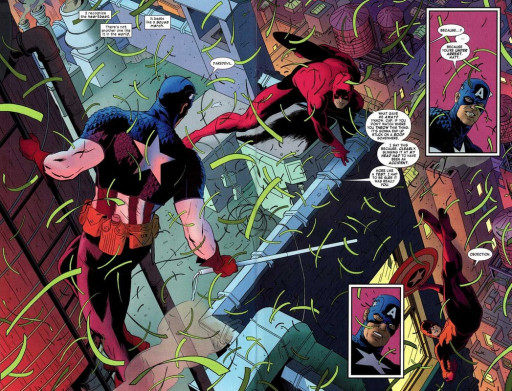
Manga are more often than not printed in black and white whereas comics are generally printed in full color. This is mainly due to the differences in how comics and manga are published. Comics tend to be published in their own issues for their own series, versus manga which are often published in large collections featuring chapters of different series. Those collections get pretty long, so printing manga in black and white helps cut costs. However, every now and then there will be a full colored page of manga, which is definitely a treat for readers!
8. One Writer vs. Many
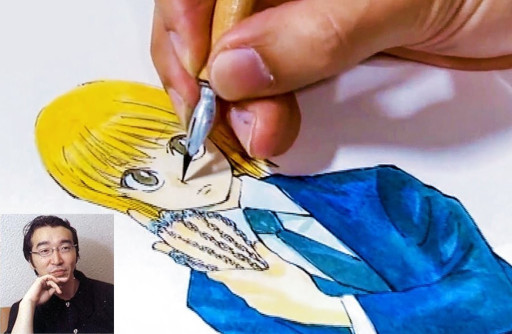
Another difference between the two is that manga tends to have one “mangaka” whereas comics can be taken over by different authors. The mangaka is completely in charge of their story from the plotline to the art, though it’s not uncommon for them to have assistants. However, for comics, series can be picked up by different authors and artists, and this can lead to multiple takes on the story of one character.
7. Universes and Crossovers
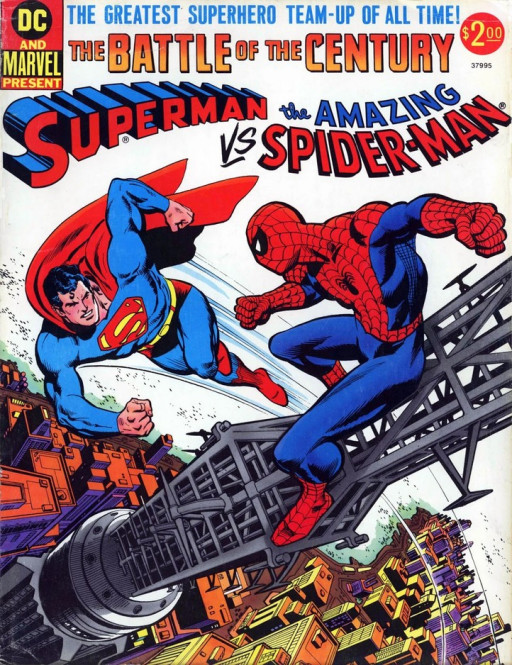
Something common in comics that isn’t really seen in manga is crossovers. This is due to the fact that many comic characters exist in the same universe as characters from other series, which means what one character does can affect what happens to a different character in a completely different series. This isn’t common in manga for manga have their own exclusive universes, so the crossovers that do happen are far and few inbetween.
6. Length

In general, manga is longer than comics. This goes for paperback versions of comic and manga as well as the releasing versions of comics and manga that are published in magazines and the like. Paperback comics are usually around 20 pages whereas paperback manga can range from between 180-250 pages per volume.
5. Stories per Character
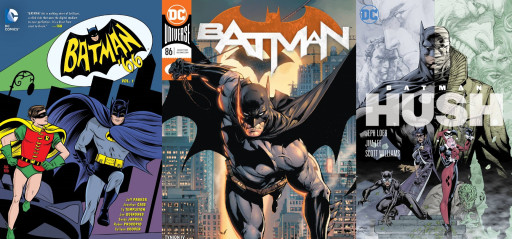
As mentioned before, different authors can take over for comics, and that means it’s very possible for a single character’s story to be told multiple times in a number of ways. For comics, different authors can put their own spin or present their own interpretation of a character when they are given the reins. However with manga, it’s all up to that one mangaka who oversees the story from start to end.
4. Differing Degrees of Realism
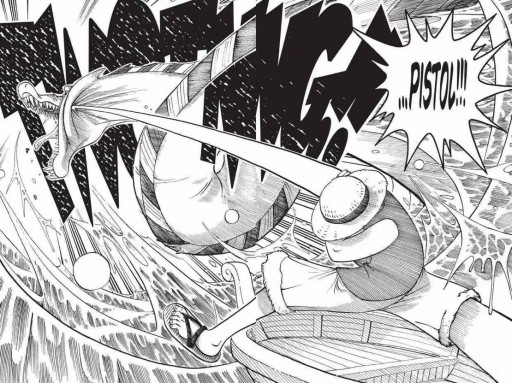
Not just with the art style, but the plot of comics tend to be more realistic than those of manga. While that’s not to say comics never have fantasy elements or that manga are never realistic, there tend to be more imaginative elements in manga than comics. For instance, popular comics such as Batman take place in an alternate universe similar to ours and most of the characters have abilities that can be logically explained. This is a stark contrast to popular manga like One Piece that take place in a completely fantasy setting where characters gain abilities by eating special fruits.
3. Target Age Group
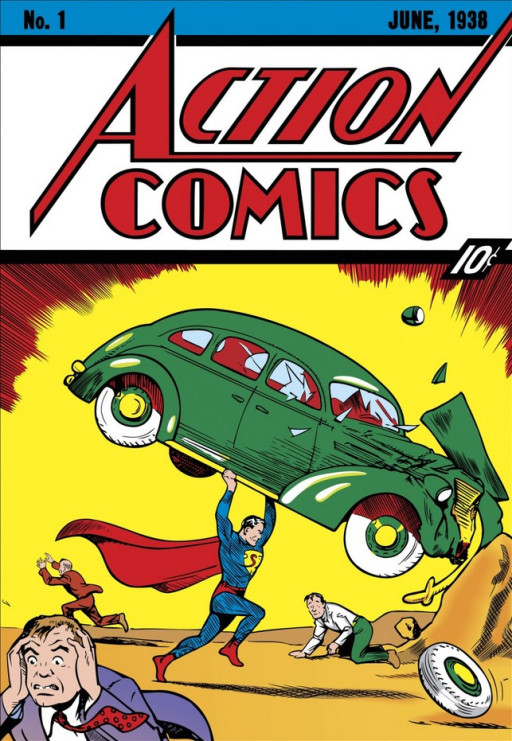
Generally speaking, comics are written to appeal to those of younger boys, though nowadays they’re also something older generations of all genders find interesting. However, manga is written for a variety of age groups, and has four distinct demographics: shoujo (young girl), shounen (young boy), seinen ( young to old men), and josei (young to old women).
2. Character Handling
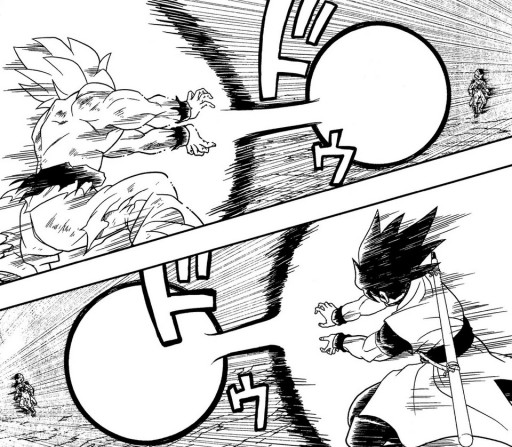
This difference is most common in action comics and manga. In comics, a character’s strength level usually stays the same, versus in manga where it is common for characters to “level up.” While comic characters may be granted more or stronger abilities across series it is different from manga characters that gain “powerups” within their series.
1. What’s Popular
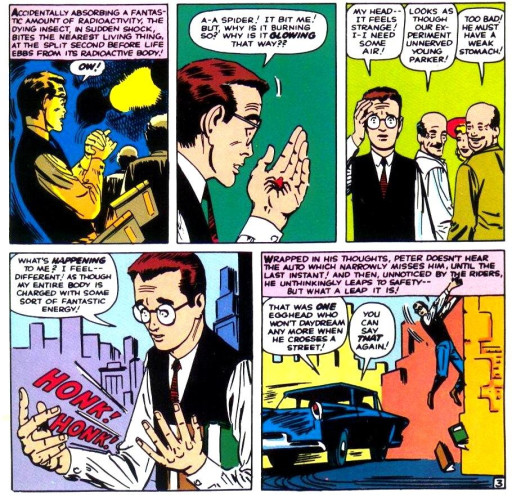
There are a decent amount of differences in what’s popular in comics versus what’s popular in manga, which is well reflected in their troupes. For example, it’s popular in comics for someone “ordinary” to gain abilities, and many comics are set in big cities where these once plain as bread people can save all sorts of people. While similar, it’s different from the manga troupe of a character being weak or disadvantaged, but wanting to be at the top of their field, which eventually happens over the course of the story after all sorts of trials.
